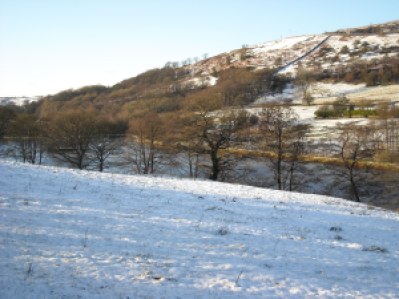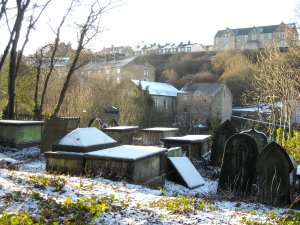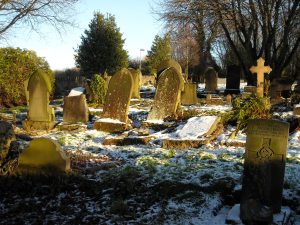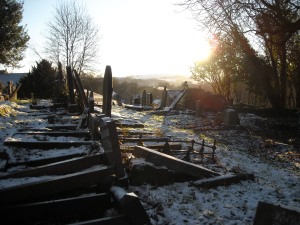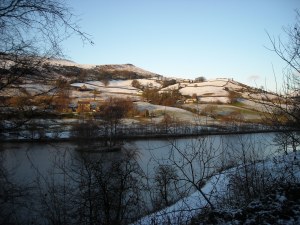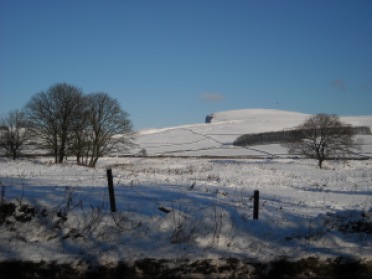 For a long time now, my small walking group have had this weekend set aside for our Christmas meal and walk. We met in Hathersage yesterday for Christmas lunch in the Little John pub and most of the group stayed over in the pub’s ‘cottage’. I booked too late to get a room at the inn and the youth hostel is closed, so my plan was to drive home last night and return to Hathersage this morning. I only live an hour away so it wasn’t a big issue.
For a long time now, my small walking group have had this weekend set aside for our Christmas meal and walk. We met in Hathersage yesterday for Christmas lunch in the Little John pub and most of the group stayed over in the pub’s ‘cottage’. I booked too late to get a room at the inn and the youth hostel is closed, so my plan was to drive home last night and return to Hathersage this morning. I only live an hour away so it wasn’t a big issue.
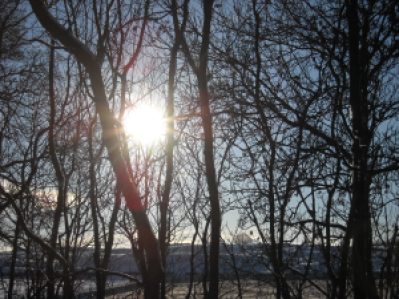
Saturday morning I woke to snow. There wasn’t much at home, but once in the hills there was lots. The roads were fairly clear though it was slow going. I arrived late for lunch, but at least I got there (a big achievement for me considering my recent record) and I wasn’t even the last. We had a nice lunch which lasted a few hours and then retired to to the cottage for quizzes, games and drinks. I didn’t want to stay too late as I was concerned about the roads icing up over the tops.
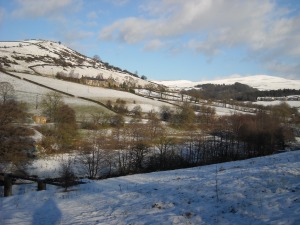
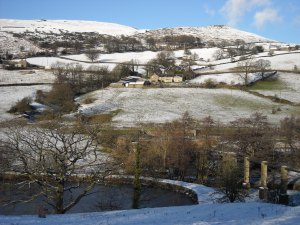
I left about 7.30pm and had a fairly easy drive. The roads were a bit snowy, but there wasn’t too much traffic and what there was seemed to be driving carefully and slowly. Then just before Hayfield, on a bend on a hill, there was an accident. I could see the blue flashing lights of police cars and ambulances and the narrow road was completely blocked with traffic starting to back up. I was ready for a long wait. Then I noticed cars pulling out from behind me and turning up a side lane. I’d actually assumed it was just a track leading up to a farm, but unless it was party night at the farm (a barn dance maybe?) it had to be more than that. I made a snap decision to follow the cars and see where they went. I presumed they must know another way into Hayfield and if I stuck close they could lead me.
Of course being a little side lane, no more than a single lane track, it wasn’t gritted and was probably a tricky road to drive at the best of times. I slid around a bit, but it was fine. I stuck close enough to the cars in front to see where they were going, but left enough stopping room in case I went into a slide. Just as I wondered what would happen if we all met an oncoming car, one appeared. Luckily it was a 4WD with a driver who knew how to use it. The car went up the side of the bank and was almost at 90 degrees as the driver allowed us all to get past.
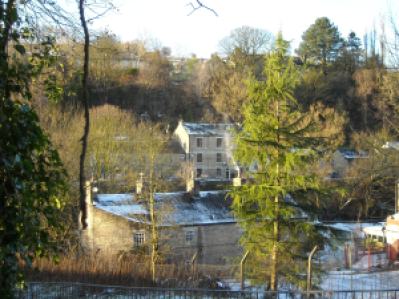
Eventually I got to Hayfield and continued on my way. This morning when I woke up everything was white. After driving home last night, I knew how bad it would probably be further into the Peaks, but decided to give it a try. There wasn’t much traffic and even the grottiest roads looked pretty. Just outside of Glossop everything came to a standstill. The hill was pure ice and cars going down (my direction) were sliding. Cars coming up were … well, they weren’t. The gritters were out, including a couple of men gritting by hand, cars were being pushed, one was being towed by a truck. I finally got clear of the area at 10am which is the time we were meant to be meeting up ready for our 10.30am start. I sent a text to say I probably wouldn’t make it and decided to decide at the end of the road what to do.
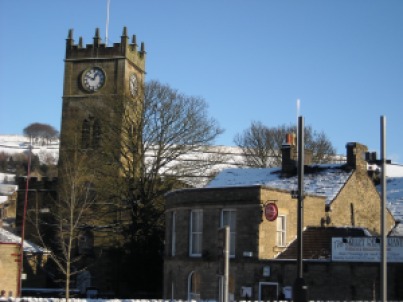
As it happened, the road up into the hills wasn’t too bad at all. It had been well gritted and as a main route had already had enough traffic to break the ice and snow up. The fields were white and as I got close to Sparrowpit so was the air. The clouds had dropped and I was driving in a white-out. Once at Tideswell however, the snow abruptly stopped. It looked like a line had been drawn across the countryside – white on the left and green on the right. I made it to Hathersage for 10.45am but had missed the group. I wandered round for a bit in case I bumped into anyone, but didn’t.
I had no idea where they were walking as we still hadn’t decided last night where to go. And after driving through all that snow I really wanted to be out walking in it, not walking in the green hills round Hathersage, something I can do any weekend. So I drove back towards my side of the Peaks. The sun had burnt the clouds off and the sky was blue. I stopped a few times to take photos and then parked up in Hayfield to do a walk along the Sett Valley.
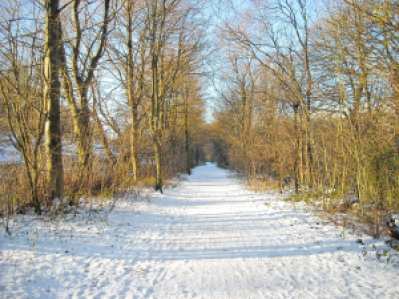
As it was now afternoon and it gets dark so early I didn’t want to go up into the hills, so instead I walked to New Mills along the Sett Valley trail. Once there I had to turn round and walk back the same way as other routes I could see on the map would have taken too long. But it was nice and I got to see it twice.
I started following the trail along a well defined path and bridleway from the car park. There were lots of tatalising glimpses of white puffball hills through the trees and the river and lake (is it a lake?) were frozen in parts. The trees were white and the ground underfoot made pleasing crunching noises as I walked. The snow was deep and crisp and even. Where I turned back in New Mills I found an old graveyard with wonky gravestones overgrown with brambles. It looked so dramatic all covered in snow. I wandered around for a while taking photos before heading back to my car and home.
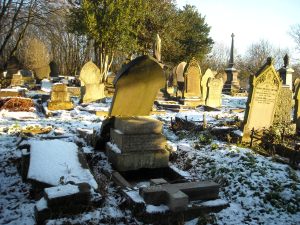
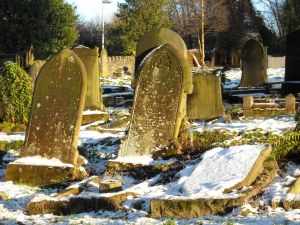
I’ve had a lovely day breathing in lovely fresh tingly air, upping my vitamin D intake and making the most of a white world. And I’ve added to my track record of going for walks with my small walking group, not meeting them and doing my own walk instead.

